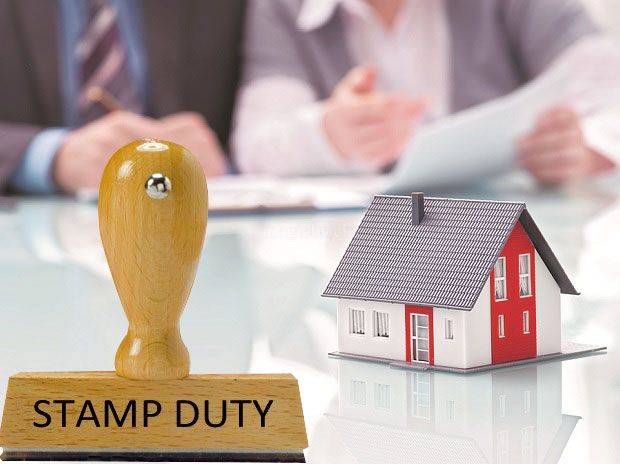Who doesn’t wish to own a place of their own someday? Being a homeowner is considered to be one of the biggest achievements in an individual’s life. This is definitely a big move, especially since real estate prices are quite expensive. However, the good thing is that financial institutions offer home loan plans that provide the required finances for a house purchase. Now, before buying a house, it is also important to consider the charges of doing so. This does not just involve the loan charges but also stamp duty and registration charges.
When a property is transferred from a seller to a buyer, the state government levies stamp duty. After paying this charge, a receipt of acknowledgement is given to the buyer for paying the stamp duty. This receipt is essential since it states the legal ownership of the property.
Now, how does one calculate stamp duty? Read on to learn more:
What is a stamp duty calculator & how to use one?
A stamp duty calculator is an online tool that one can use to figure out their stamp duty and registration charges. One can find this calculator on most financial institutions’ websites. All that needs to be done by the user is to select the state and enter the value of their property. Once this is done, the calculator will then display the stamp duty fee that needs to be paid.
Why is paying stamp duty important?
If a buyer does not complete their stamp duty payment, their purchase of the property is considered incomplete. Making sure that the payment is complete is essential for finalising the legal documentation, after which the buyer is legally stated as the owner of the property. Stamp duty and registration charges can amount to lakhs of rupees, so make sure to include them while calculating the overall cost of the property.
Stamp duty can be paid in 3 different ways
1. E-stamping
This is considered by many to be the easiest way of paying stamp duty. This involves paying stamp duty online. All one needs to do is log on to the SHCIL website (Stock Holding Corporation of India) and choose the state in which the property is located. Fill up the rest of the details required in the application form and then submit it to the collection centre. After the payment is done, you will then receive an e-stamp certificate that includes a Unique Identification Number.
2. Franking
In this method, the buyer needs to get in touch with a franking agent that applies a stamp to the property documents. This will indicate that the stamp duty charges have been paid. Franking agents also levy a franking charge, which will be deducted from the overall stamp duty payable.
3. Physical stamp paper
Authorised sellers can sell physical stamp papers. This paper includes all the details regarding property registration. Do note that a buyer is required to buy a number of stamp duty papers, which can prove to be expensive if the stamp duty fee is high.
Before you apply for home loan, do keep in mind that most lenders do not cover stamp duty. So, make sure to keep the required funds ready to clear the stamp duty charges.





